Staying Hydrated
Staying hydrated is crucial as the days become longer and the temperature starts to rise. We know the heat of summer is around the corner, if not here already. When the temperatures rise, consuming the right amount of water is important regardless of your activity.
There are numerous benefits to the body for staying hydrated. The primary benefit of proper hydration helps the heart more easily pump blood through the blood vessels, then on to the muscles allowing them to work efficiently.
How much water is enough?
The amount of water you consume depends on various conditions such as:
- climate;
- the intensity of activity;
- duration of the event; and,
- your clothing.
For example, a person who perspires heavily needs to consume more water than someone who does not perspire as much. Individuals with certain medical conditions such as diabetes or heart disease may need to consume more water than others. An important indicator to remember, “If you get thirsty, you are already dehydrated.”
So, how much hydration is enough? A general guideline, the recommended amount of potable water intake is one quart per hour of active work or exercise for the average adult. Being no two people are alike, the amount may be different for each of us. Therefore, have enough potable water available and consume it consistently throughout the day.
Other Liquids
For most people, water is the best drink to stay hydrated. Avoid fruit juices, caffeine, or sugary drinks such as soda. They can be hard on your stomach if you are dehydrated. Some sports drinks with electrolytes are useful during high-intensity activities, but they also contain high amounts of sugars. So, consumption should be at a minimum. When it comes to electrolytes, consider starting your day off by eating a banana for breakfast. This maintains your electrolyte levels for the day.
Symptoms of Dehydration
Regardless of your activity, your body constantly works to maintain a balance and its core temperature. The various activities that want to increase your body heat place a tremendous strain on your body’s ability to function properly. Again, remember, “if you are thirsty, you are already dehydrated” These are the early signs of oncoming dehydration:
- Thirst
- Fatigue
- Muscle cramps
- Nausea, dizziness, or confusion
- Excessive perspiration
- Hot, dry skin
Clothing
As with most everything in today’s world, the advancement of technologies in clothing provides numerous selections for combating the elements. When choosing your wardrobe wear lightweight, light-colored clothing, and protective gear that provides moisture wicking properties. Do not forget the all-important hat with a wide brim for face and neck protection. Adding an additional layer of sunscreen helps protect you from future damage, too.
The Key to Staying Hydrated
Be proactive and be prepared during the hot summer days. Depending on your location, whether you are in the desert, coastal, urban, or central valley areas, we see heat. It is best to know your elements in advance. Be prepared with protection.
Additional Tools
Finally, check out the Occupational Safety and Health Act (OSHA) website on how to prevent heat illness. The Hydration Chart and Water Consumption Table is a good JPG to download and print for your use.
The Centers for Disease Control (CDC) and the National Institute for Occupational Safety and Health (NIOSH) has a web page dealing with Heat Stress. They even have a Heat Safety App to help plan outdoor work activities based on how hot it feels throughout the day.







